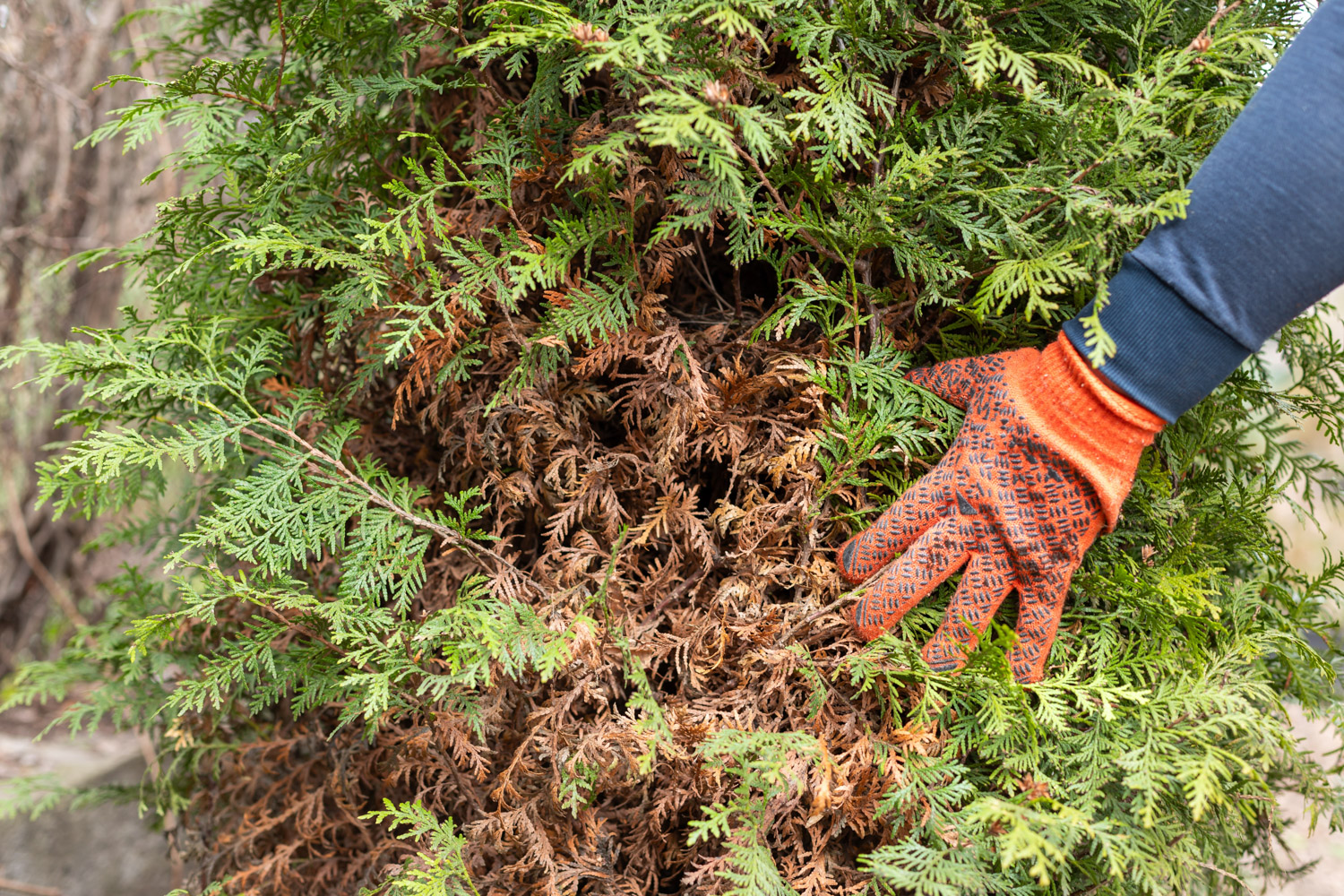
Cypress blight, often caused by fungi like Seiridium cardinale, Seiridium unicorne, and Seiridium cupressi, can be particularly detrimental to cypress trees. Infected trees show symptoms such as browning of needles, branch dieback, and cankers on stems. Unfortunately, once infected, there are no effective treatments for this disease. Here’s a guide on managing Cypress needle blight: Cultural and Physical Controls: Resistant...

Winter Landscape Maintenance
Winter is when Arborscapes crews are finishing picking up leaves, putting down mulch (or free wood chips) and helping you get ready for your plants to bloom beautifully in the Spring. Arborscapes crews are finishing up raking leaves and lowering the cut on cool-season grass. Mulching is heating up. Remember, if you like the look, Arborscapes offers free wood chips...
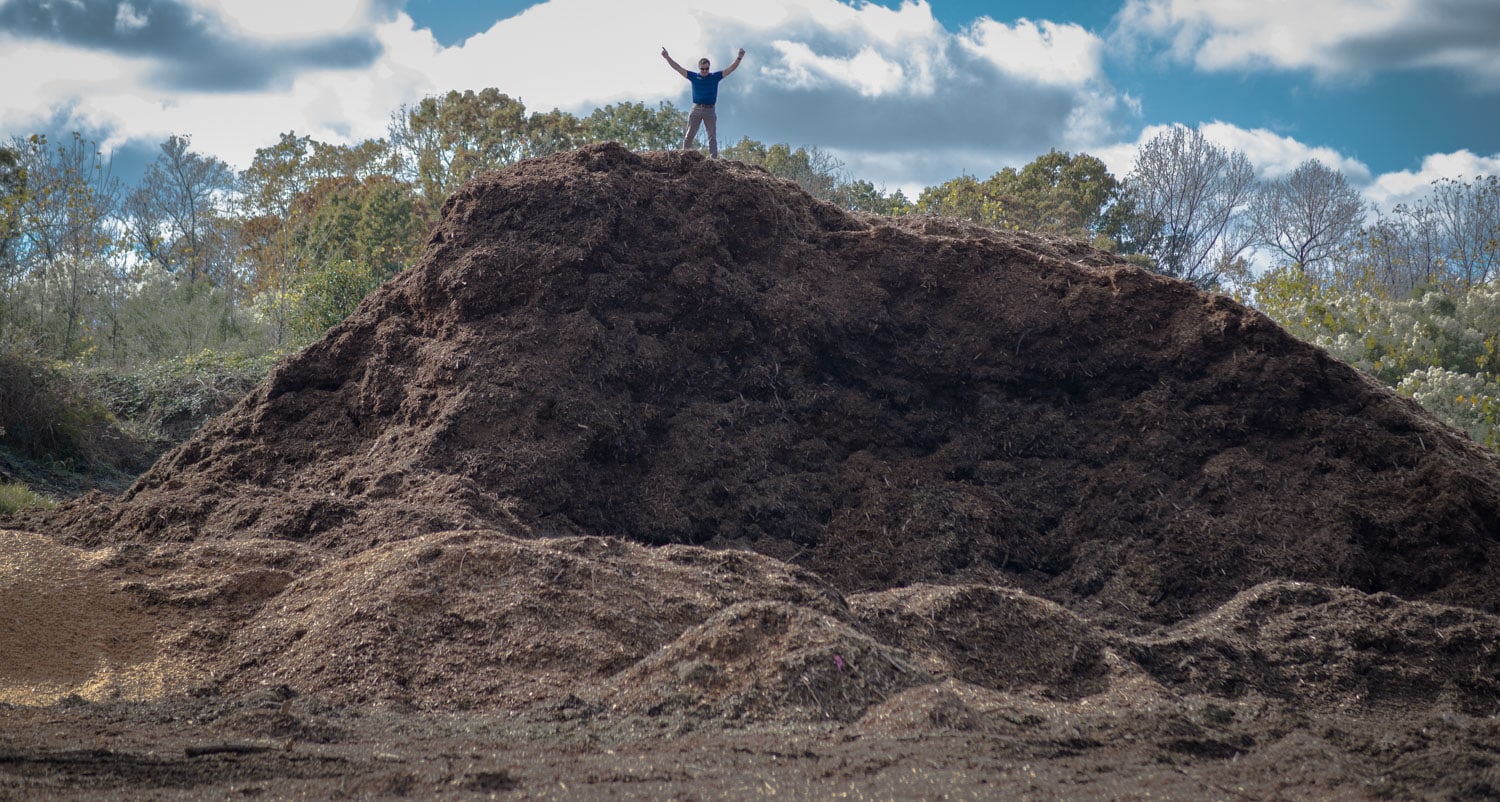
Free Wood Chips!
Here’s an offer too good to refuse: Arborscapes offers free wood chips all year long. Wood chips work great as a mulch in gardens and natural areas. It improves soil conditions by adding organic nutrients, maintains soil moisture and also temperature, namely warm in winter. Developers and contractors can use it to minimize soil compaction during construction projects around trees....

New Tree Ordinance In The Works For Charlotte
Here’s an important FYI for everyone who cares about preserving our community’s tree canopy. As our Co-Founder Nathan Morrison says, “Our tree canopy defines Charlotte.” Charlotte’s Unified Development Ordinance (UDO), which takes effect June 1, 2023, intends to monitor and control our city’s rapid growth in a way that preserves the city’s beauty. That includes maintaining our trees. Charlotte is...

Crape Myrtle Aphid Treatment
Crape myrtle aphids are pests that specifically target crape myrtle trees. These small, pear-shaped insects suck sap from the leaves, leading to curled, yellowed foliage. Aphids also excrete a sugary substance called honeydew, which can attract ants and promote the growth of black sooty mold, detracting from the tree’s appearance. Of course, prevention and treatment for crape myrtle aphids is...
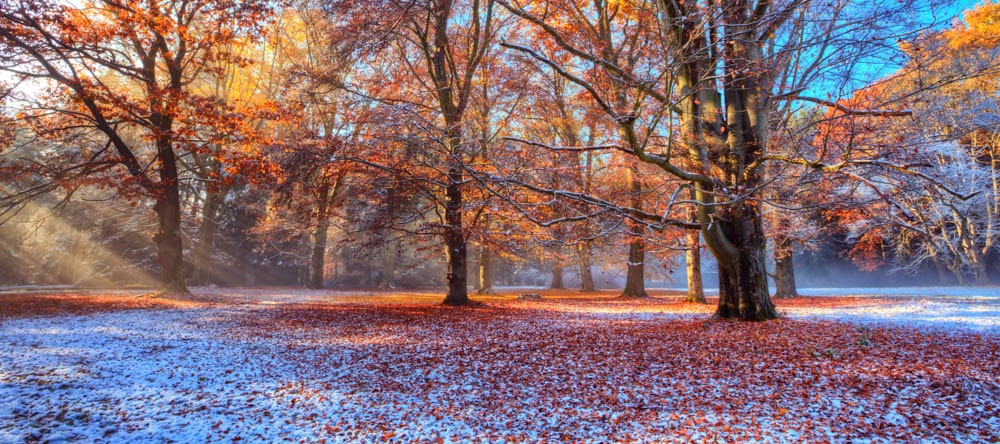
Winter Fertilization for Trees
A comforting truism when it comes to fertilizing: There’s never a bad time to feed your trees and shrubs. Just because autumn has passed doesn’t mean you missed your window of opportunity. As we say on the Plant Healthcare team“If a plant is hungry or stressed, you want to feed it immediately.” Fertilizing the right way with the proper fertilizer...

Tea Scale Treatment
What is that ashy looking stuff on my camellia? Tea scale is the most serious insect pest of flowering camellias. Tea scale also attacks hollies, citrus and the tea plant (Camellia sinensis) as well as a few other plants. Tea scale is a small insect that attaches itself to the leaf and sucks plant juices. Adult female tea scales are...
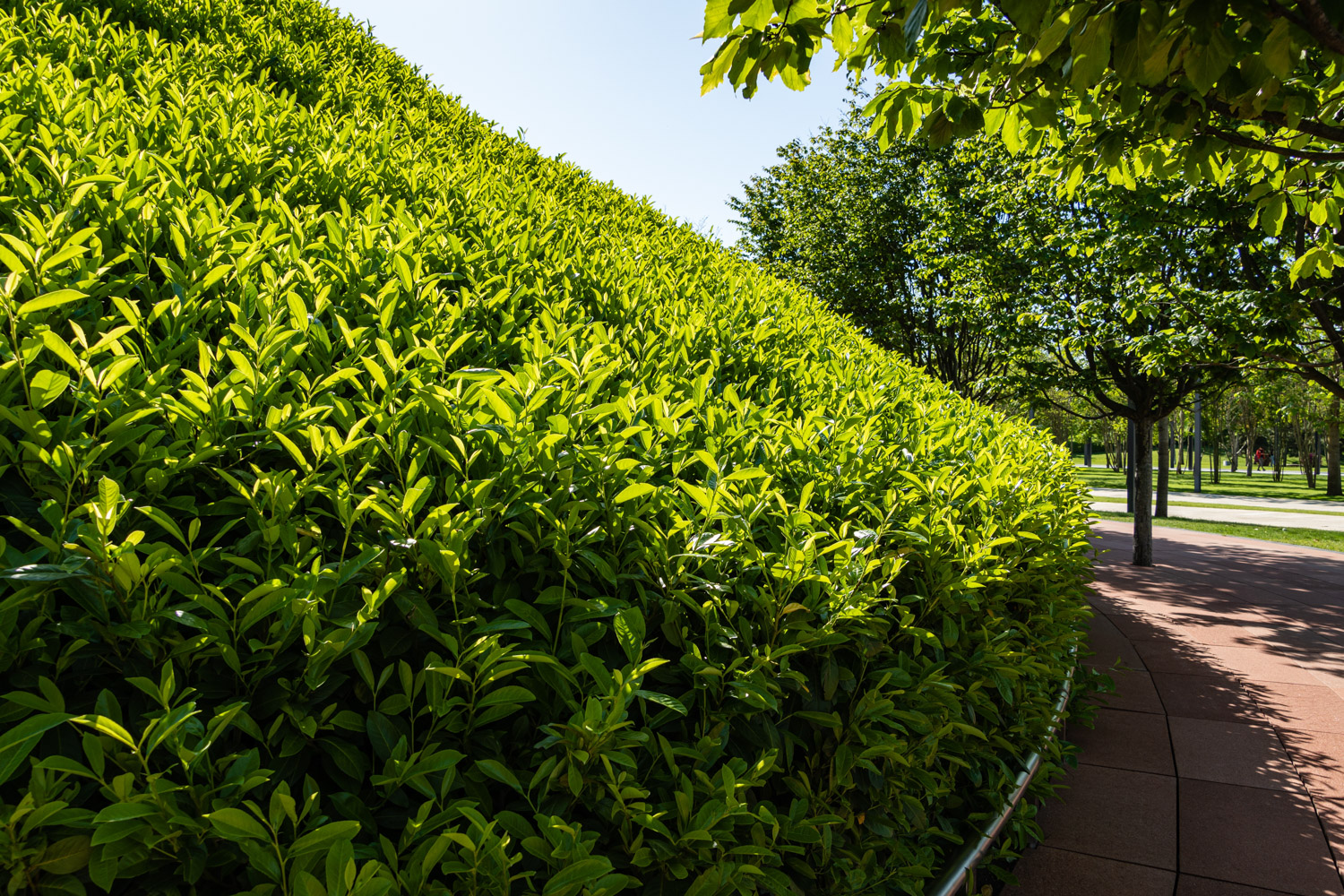
Laurel Shot Hole / Cherry Shot Hole
Laurel shot hole disease, (Sometimes called Cherry Shot Hole due to the infection of Cherry Laurels) often caused by the fungus Stigmina lautii or sometimes Blumeriella lauri, results in small holes in the leaves of laurels where the fungus has attacked. These holes are the result of infected portions of the leaf dropping out. The disease can detract from the...

The Latest on Tree Banding
We don’t want to let our guard down, but there is good news regarding female cankerworms: Thanks to Mother Nature and the diligence of homeowners, the population has been greatly reduced. That means we can hold off on tree banding, at least for now. You know what we’re referring to, those sticky, dark bands you see wrapped around willow oaks...

Japanese Maple Pruning
If we’re considering the importance of properly pruning your Japanese Maple, think of it in these terms: These beautiful trees require a slight and carefully executed trim, NOT A BUZZCUT! And winter is a great time to do it. Pruning a Japanese Maple is no different than pruning a shade tree. It’s just done on a miniature basis, in a...
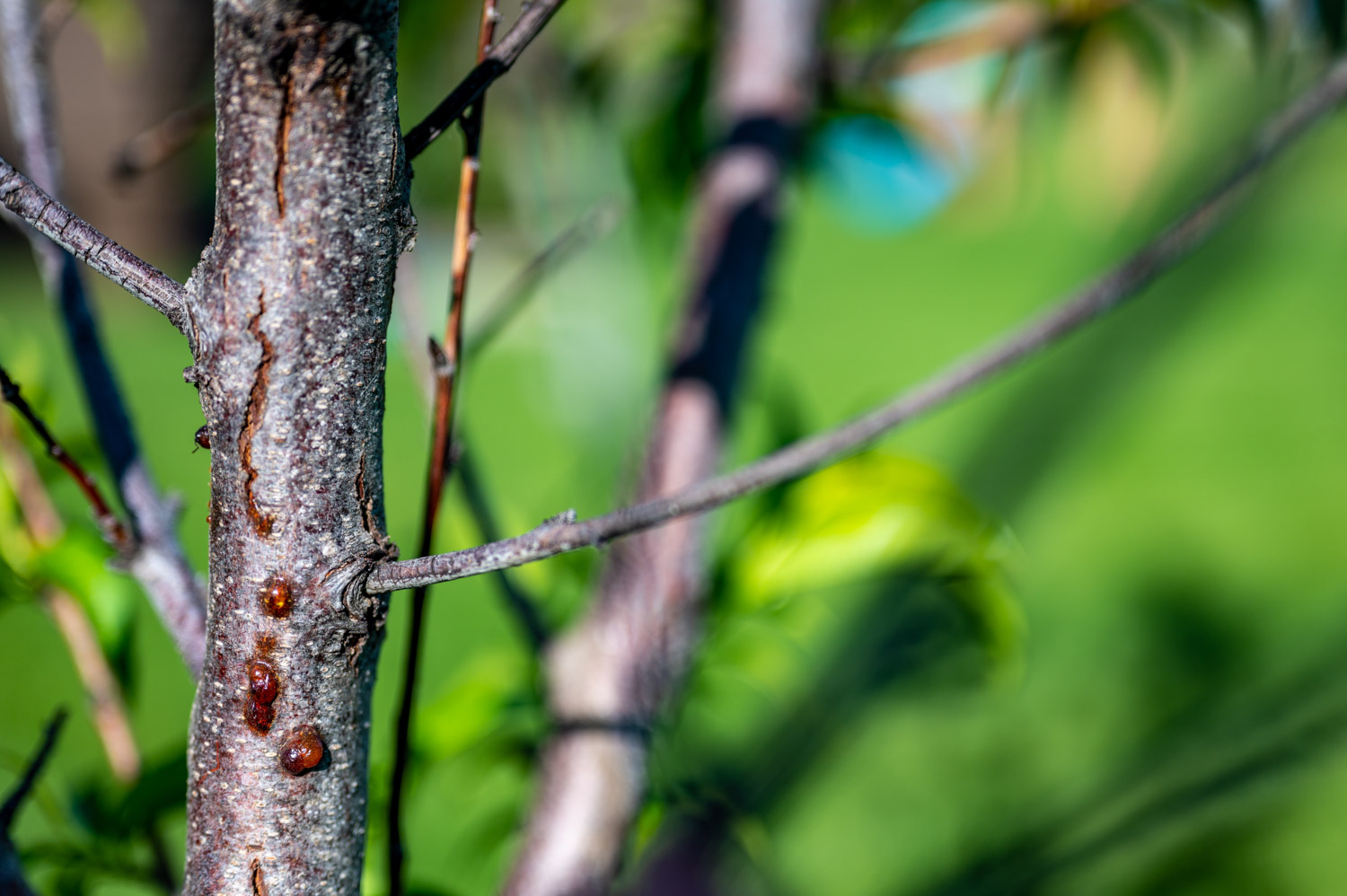
Treating Cherry Borer / Peach Tree Borer
Cherry borers, particularly the peachtree borer (Synanthedon exitiosa) and the lesser peachtree borer (Synanthedon pictipes), can be significant pests in cherry trees as well as peach trees. These borers attack the base and upper portions of the trunk, respectively, and can cause severe damage if left unchecked. Of course, prevention and treatment of cherry and peach tree borers is included...

A To-Do List For Fall
Thank goodness most of us (we hope!) take great pride and pleasure tending to the never-ending needs of our lawn, garden and trees. Nobody embraces the work like Carolinians. In that spirit, we offer these random recommendations in our Fall newsletter. As always, when in doubt, consult Arborscapes. In no particular order… Take care of those leaves! Make sure they’re...
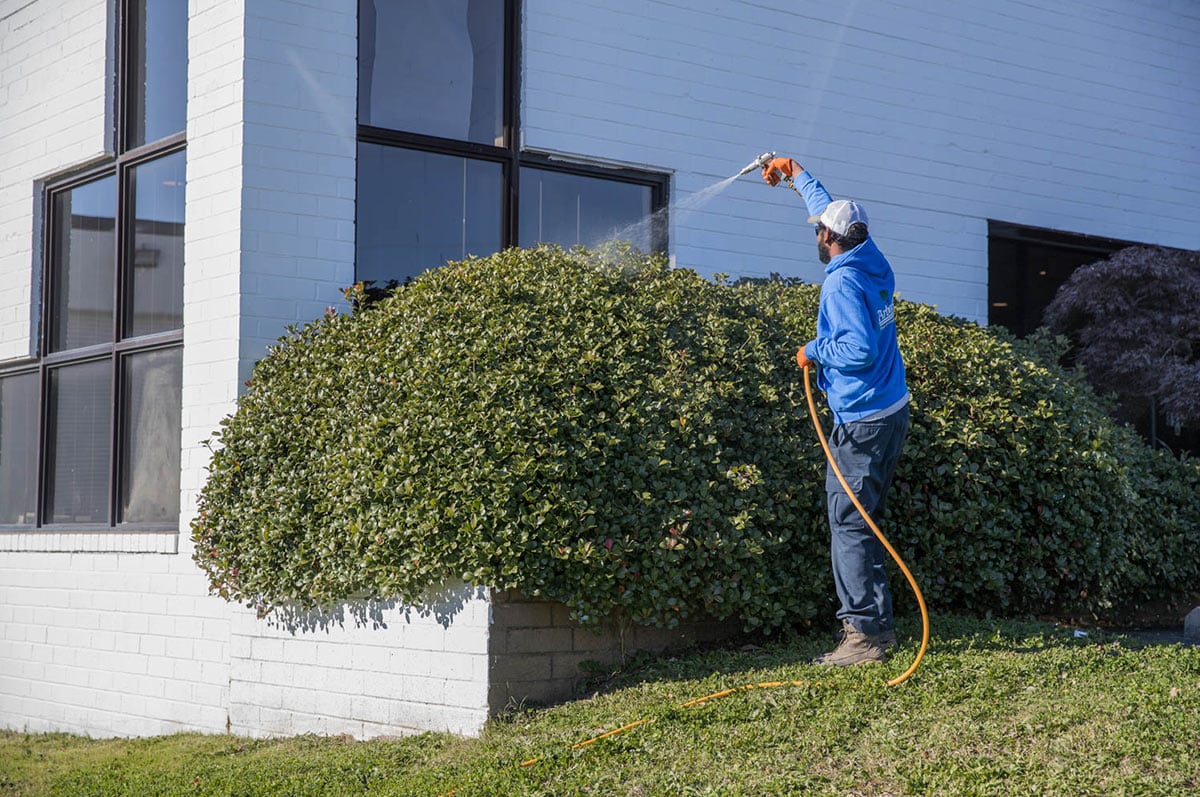
Dormant Oil 101
A thin, highly refined petroleum may be just the thing to get a jump on growing season. We’re talking Dormant oil. Here’s the lowdown: Dormant oil is most often applied during winter – we recommend December to February – to help reduce the population of insects and eggs. You want to wait until the temperature is at least 40 degrees...

Reducing Your Canopy
The yin and the yang of winter: Here in the Carolinas, we savor those rare snow storms that turn our landscape a glistening white, if only for a day or two. But then we find ourselves trudging outside to tackle the task of picking up all those limbs large and small that fell with the snow. Even worse is having...
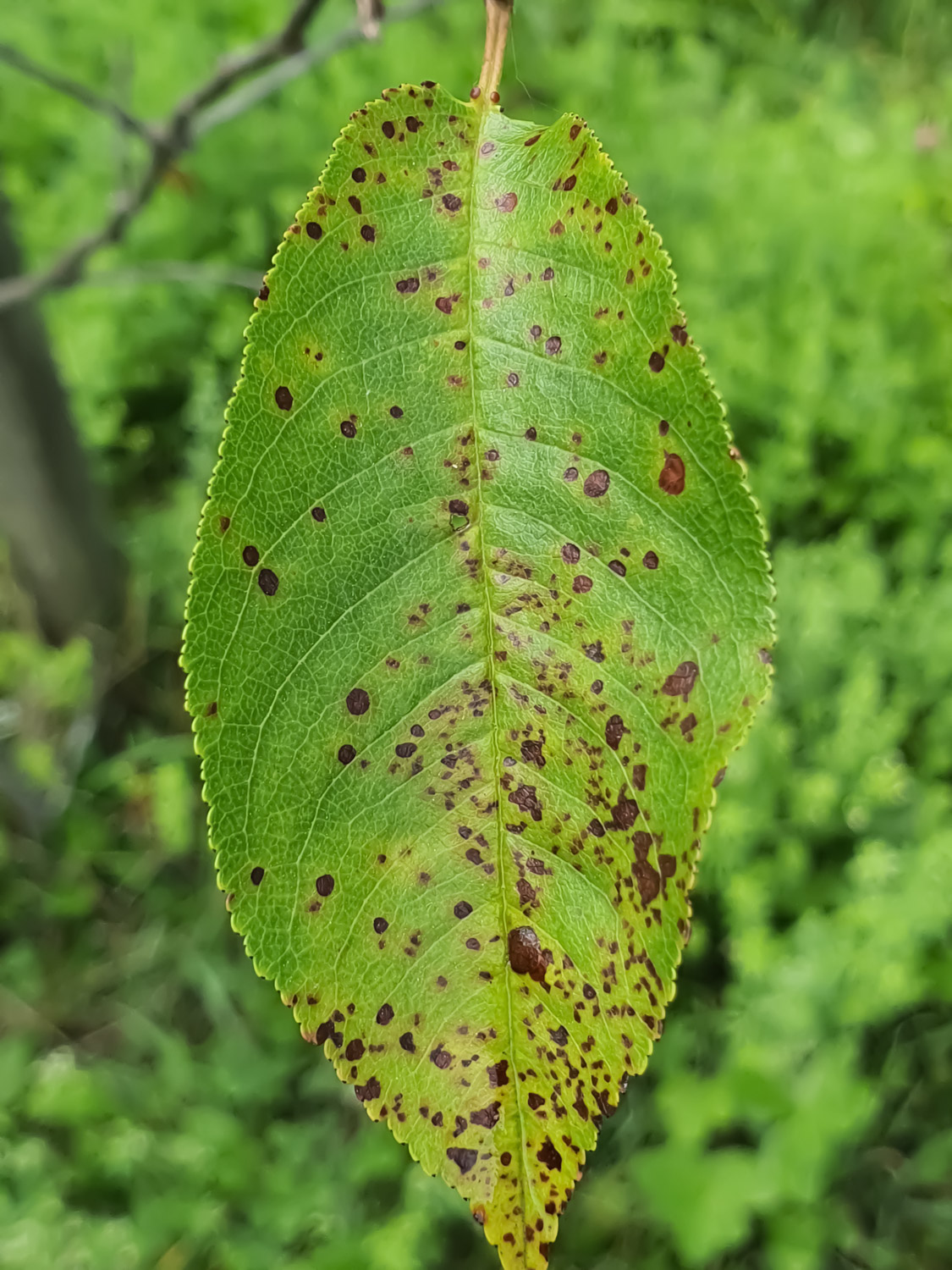
Cherry Shot Hole Treatment
Cherry shot hole, a catch all term, could be caused by two different diseases. The two pathogens that commonly produce these symptoms are bacterial leaf spot caused by the bacterium Xanthomonas pruni and cherry leaf spot caused by the fungus Blumeriella jaapii. Both diseases are favored by warm, wet spring weather. Of course, prevention and treatment for shot hole fungus...

Winter’s The Time For Discount Tree Work
Arborscapes is excited to announce a great opportunity, and incentive, for you to take care of your tree work this winter. We are offering a 10-percent discount on all tree pruning and removal performed between Dec. 1 and Feb. 28. The discount is for labor-based services and does not include basic health care services such as fertilizing. Do you have...
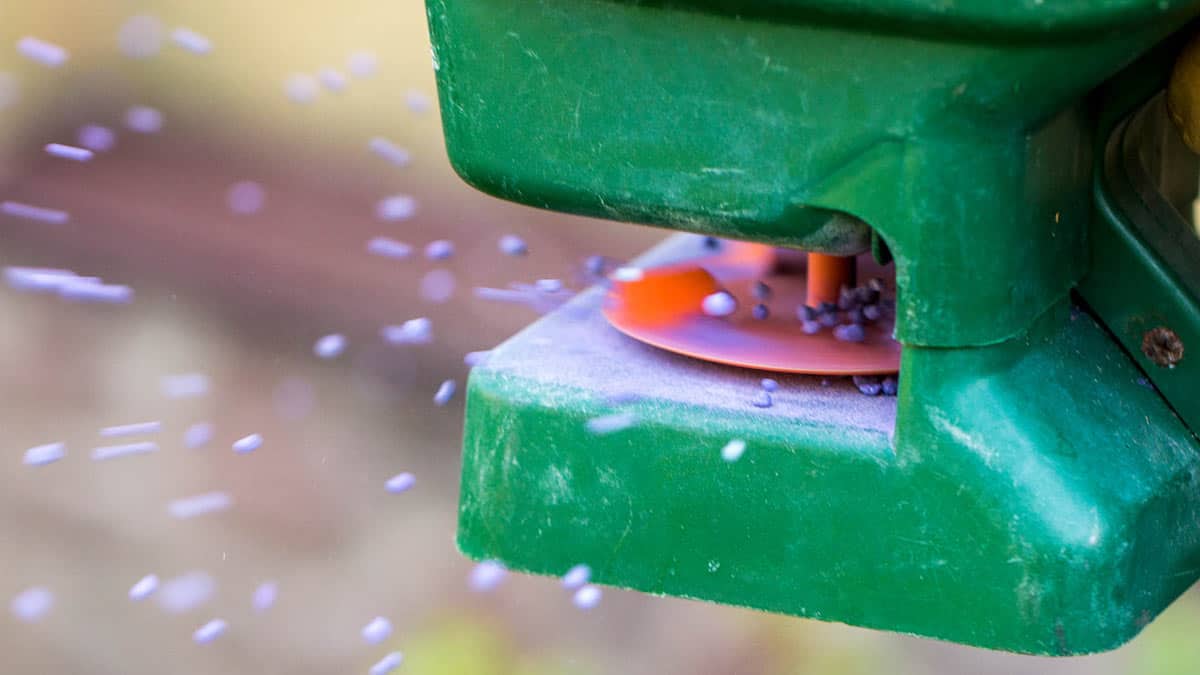
It’s About Time To Fertilize
Before we talk about fertilizing, a word about fescue. That’s the type of grass that grows in 95 percent of the homes in and around Charlotte. Fescue does best in shade. It can tolerate heat, cold and drought, which we get in varying degrees around here. And it gives us the best chance to give us what we yearn for....

Fighting The Fall Armyworm
Google “Fall Armyworm” and you will come across a video that captures the essence of the problem concisely (and ominously): “It invades. It infests. It consumes.” This pest can do widespread damage to small grain plantings in farm-focused places like Texas and Oklahoma. In and around Charlotte, it’s our lawns that are mostly at risk. The female moth will lay...
